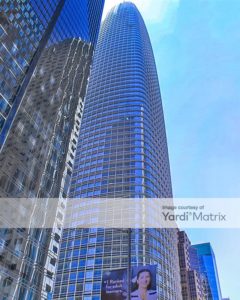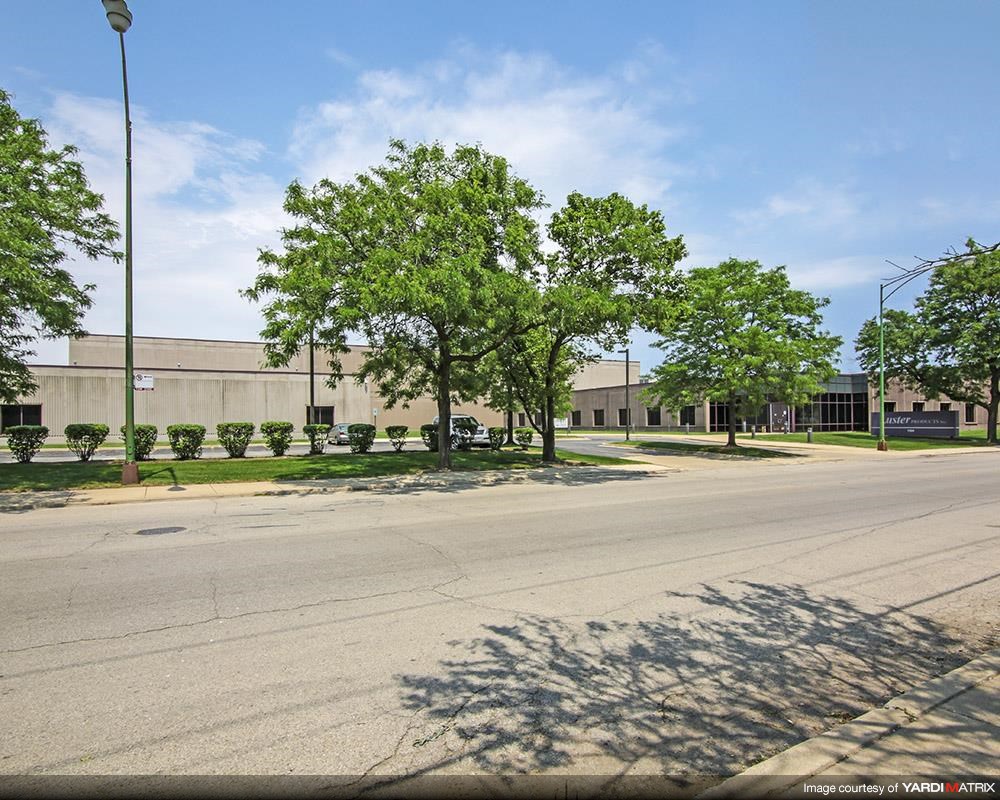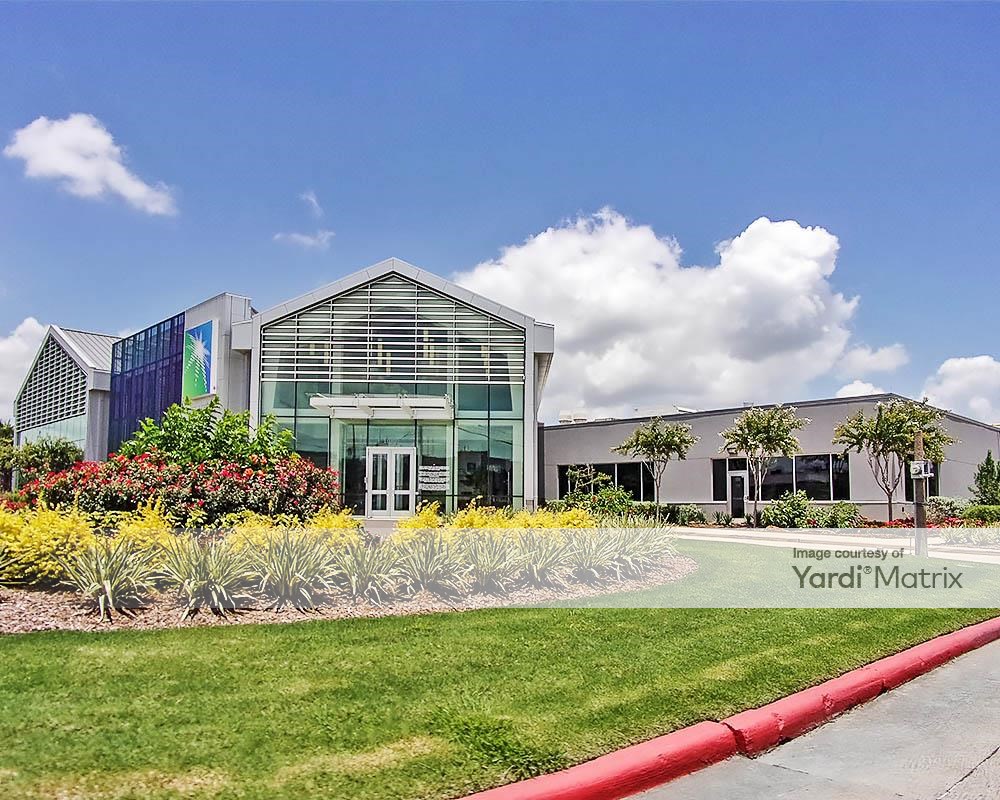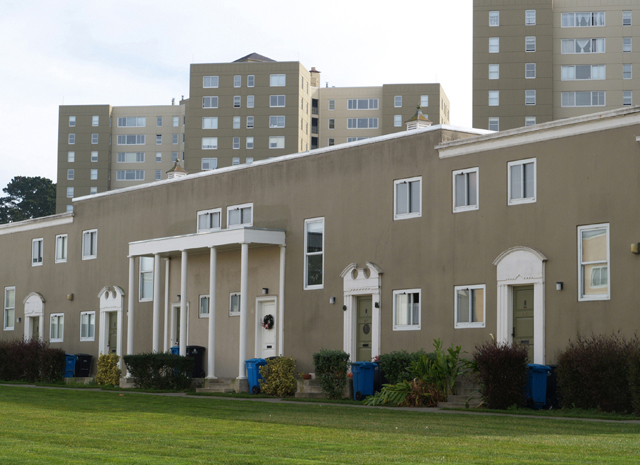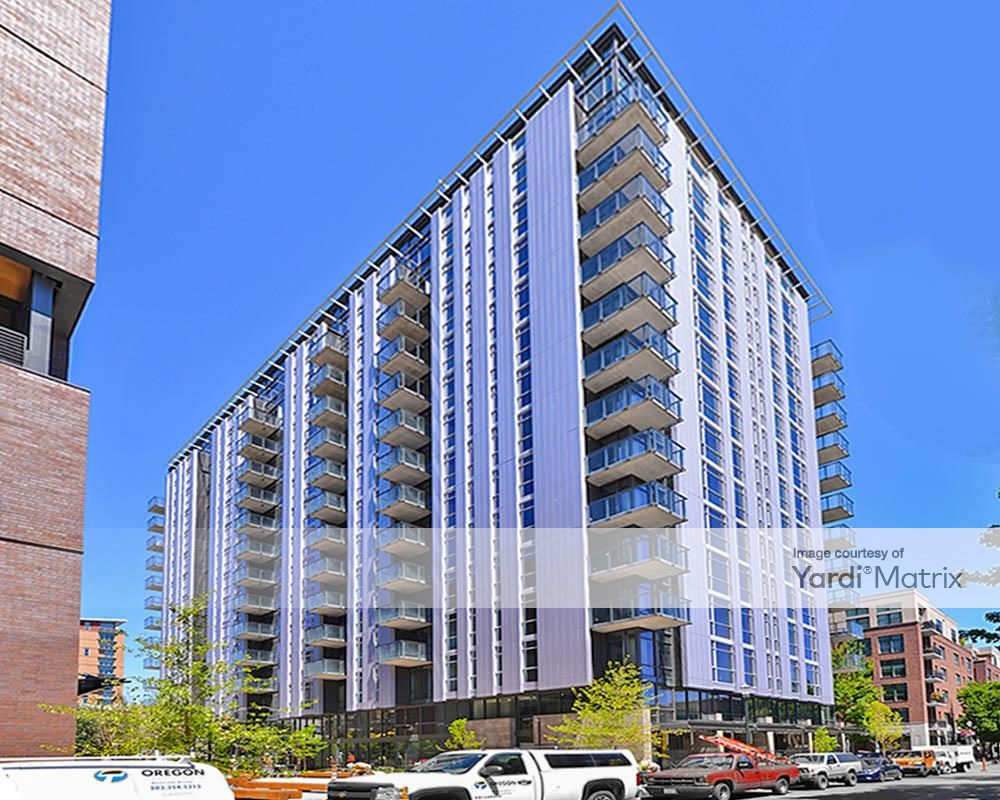Commercial real estate is real property that generates profit for the investor in two ways: through rental income that creates positive monthly cash flow and by capital gains from appreciation when the property is sold.
When people think of commercial real estate the first thing that usually comes to mind are high profile office buildings like the World Trade Center in Manhattan’s Financial Office District or shopping centers with national brand name tenants such as Plantation Commons in Florida’s Greater Fort Walton Beach retail market. Office and retail are types of commercial property, but there are many more than just those two.
Commercial real estate can be divided into eight main types. The characteristic of each is unique, and there are also different tiers or specialty sub-sectors within these eight main categories of commercial property.
Office
Office buildings are classified as being either urban or suburban, depending on the market in which they are located.
A good example of an urban office building is the nearly 228,000-square-foot Pacific Financial Center. It’s located in the Downtown Los Angeles office submarket and is surrounded by other skyscrapers and high-rise office property. Suburban office buildings rarely soar that high, and are oftentimes found clustered together in office parks such as the Creekside Office Park in the Willow Creek Estates office submarket of Sacramento County, Calif.
Office buildings can be single-tenant, were only one business occupies the entire property. Alternatively, office properties can be multi-tenant, with a variety of companies leasing smaller suites or floors within the property.
Commercial office space is generally categorized as Class A, Class B, or Class C:
- Class A office buildings are prestigious properties with premium finishes and amenities, and command above-market rents from white-collar tenants and those in the professional service business sectors. The Sales Force Tower in the Yerba Buena office submarket of San Francisco is a good example of a Class A office building.
- Class B office buildings offer good quality finishes and amenities to tenants and receive at-market rents from tenants. Class B properties attract a wider-range of tenants and aren’t in direct competition with Class A office properties.
- Class C office buildings offer functional space for all types of tenants at rents that are below market. Value-add commercial real estate investors often target Class C buildings for upgrading and repositioning.
Two specialty office building sub-sectors are medical office buildings like the Central Park Medical Office Building in The Triangle office submarket in Central Austin and coworking office space offered by companies such as Novel or Industrious.
Retail
Retail property is home to shops, restaurants, and consumer-service businesses such as insurance companies or drug stores. Retail commercial real estate can also be multi-tenant or single-tenant, such as a pad site in a larger shopping center or a standalone building.
There are four types of commercial retail real estate: neighborhood community centers, strip centers, regional malls, and power centers. Property square footage, concept, and the variety and quantity of tenants will vary based on the type of retail property and the characteristics of the specific trade area the retail project is located in.
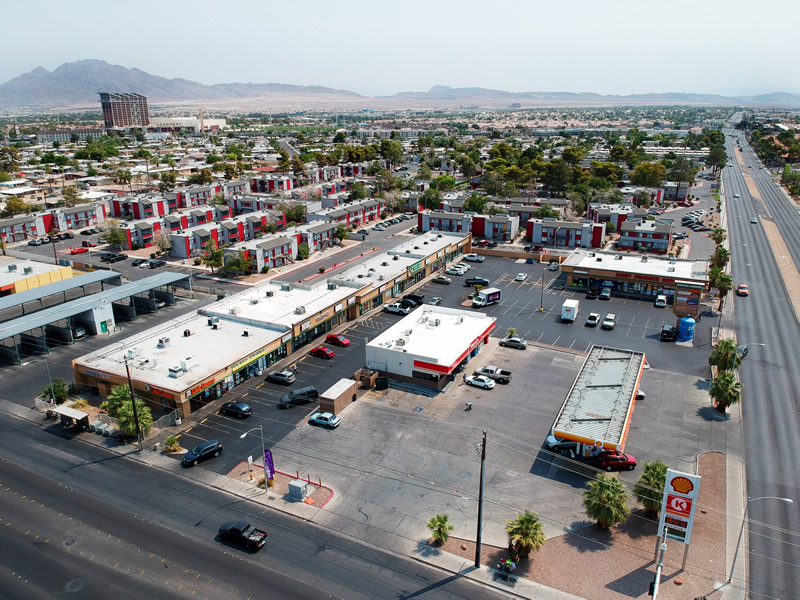
Check out the Tropicana/Nellis Retail Plaza at 5020 East Tropicana Avenue, Las Vegas, NV
Industrial
Industrial commercial real estate is normally located in suburban areas with access to major highway, water, or air transportation systems. Industrial buildings house the warehouse or distribution divisions of a company, and are usually low-rise and often found in industrial parks such as the Stockyards Industrial Park in the Southwest Side Chicago industrial submarket.
There are four different types of industrial commercial real estate:
- Flex industrial – combines office space with industrial space
- Bulk warehouse – used as distribution centers for companies like Amazon
- Light assembly – used for assembling products or for storing components
- Heavy manufacturing – customized industrial property built to house machinery to manufacture goods and services
A sub-sector of the industrial category encompasses R&D (research and development) facilities such as the Aramco Research Center in the West Houston commercial real estate market.
Multifamily
Multifamily real estate includes all residential real estate except for single-family housing, such as condos and co-ops, smaller two- or three-unit properties, and larger multi-unit apartment buildings.
There are four different types of multi-family apartment buildings: High-rise with multiple floors and elevator service, mid-rise, garden-style, and walk-ups like those found in gentrified urban areas.
Sub-sectors of multifamily commercial real estate include manufactured housing and mobile home communities, senior housing and retirement living facilities, student housing, and low income or special needs housing.
Hotel
Hotels provide accommodations and other services to business travelers and tourists. They can be independently owned boutique hotels like bed and breakfasts or regional and national hotel chains.
There are six different ways to classify hotels in commercial real estate:
- Resort property in touristic locations such as Scottsdale, Orlando, or Honolulu;
- Extended-stay property with full kitchens and work areas for business travelers;
- Casino hotels offering gaming options, dining and entertainment;
- Boutique properties with fewer rooms and more personalized service;
- Full-service hotel properties that include room service and on-site restaurants;
- Limited-service hotels for the budget traveler looking for a simple place to spend the night.
A recent specialty sub-sector of hotel commercial real estate is coworking office space. Hotel coworking space generates new revenue by turning space not used during the work week into office space for local freelancers and corporate business travelers.
Mixed-Use
Mixed-use commercial real estate combines two or more types of commercial use into a single building or development. For example, live-work mixed-use space is created by combing office with residential use. Mixed-use transit-oriented development such as The Heartline in Portland’s historic Pearl District is created by combining office, retail, and residential uses.
Special Purpose
Special purpose commercial real estate consists of property built for a specific use. Some examples of special purpose property include:
- Self-storage facilities
- Amusement parks
- Golf courses
- Religious facilities
- Bowling alleys
- Government buildings
- Theatres
- Sports arenas
- Schools
- Railroad stations or bus terminals
- Parking structures
Land
Before any of the other types of commercial real estate can be created, land must be acquired and developed. Investing in land is a perfect example of the opportunistic real estate strategy.
Investors acquire land in the path of future development or along highway frontage roads. Then they develop the parcels so that offices, shopping centers, apartment buildings, hotels, or special use property can be built.
Image sources: COMMERCIALCafe, Yardi Matrix.


